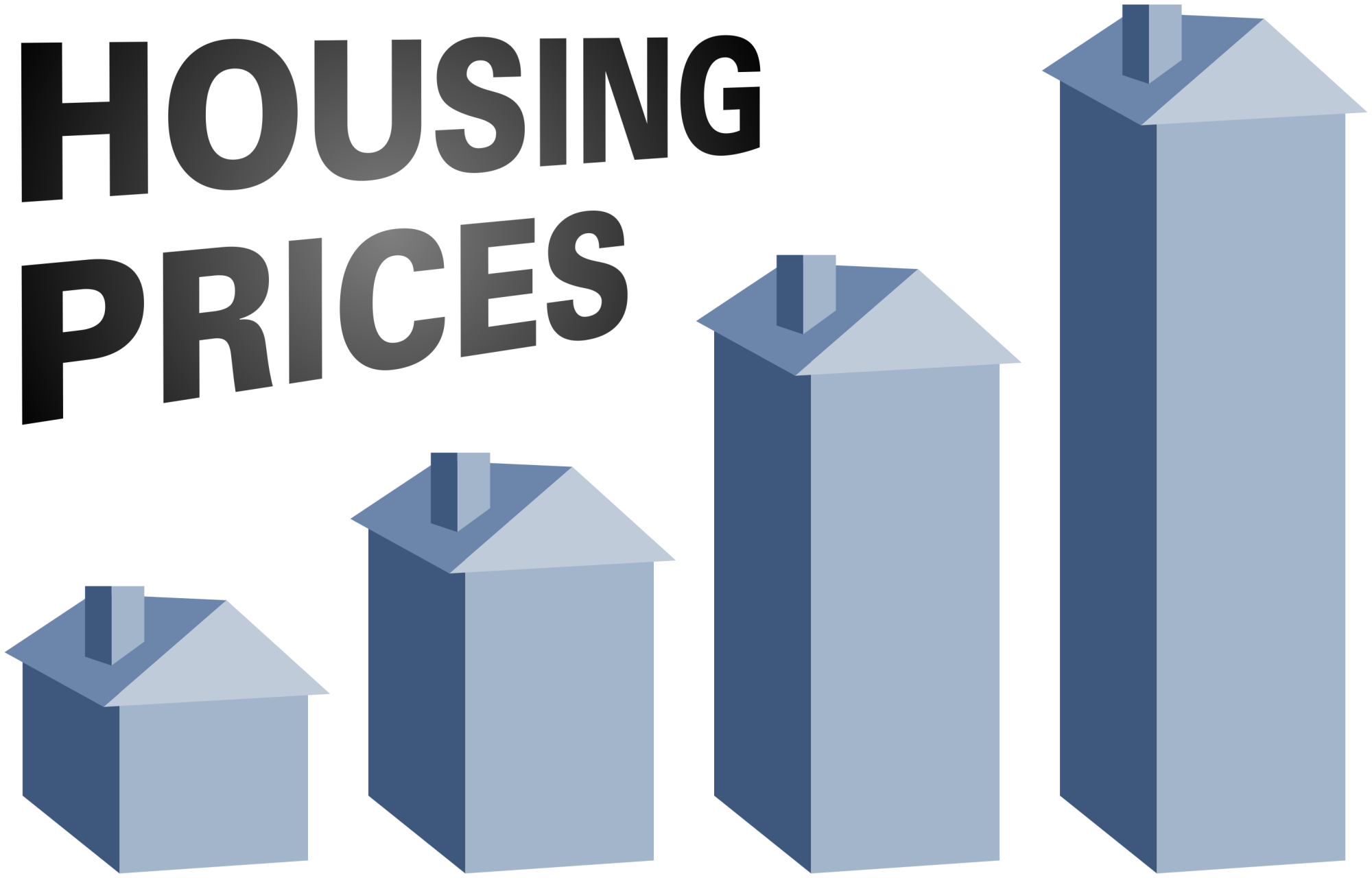
The housing market is never completely predictable, but property experts at leading real estate firm Knight Frank explain why they’re optimistic for 2022.
What buyers and sellers choose to do in the first two weeks of the year can often be a precursor for how the following six months will pan out. That’s according to Tom Bill, head of UK residential research at Knight Frank, who says that many prospective players in the housing industry have spent Christmas mulling over their options.
The estate agency and property consultancy found that the week beginning 10th January had the second highest number of prospective new buyers in 10 years. This appetite may be a surprise to some, who expected it to taper off after the huge transaction levels of last year.
Further to this, growing numbers of property owners are dipping their toes in the sales market. Knight Frank found that market valuation appraisals was at its sixth highest from the past 10 years in the week commencing 17th January.
What else will we see in 2022?
The lack of supply that has been a common theme over the course of 2021 may start to ease up, if the latest data is an indicator. Bill believes that the situation is “tentatively” improving.
He adds: “Looking at the data for the first ten working days of January, a few patterns are clear.
“The first conclusion to draw is that supply will build. Explanations for the gravity-defying house price growth seen during the pandemic have often centred on the ‘race for space’, accumulated household savings and the stamp duty holiday.”
“The less eye-catching and arguably more important fact that supply has been tight is often overlooked, although the RICS has been flagging the issue for months.”
Mortgages are another game-changer for many in the housing market. Mortgage rates have been at record lows, but as the Bank of England base rate is set to rise further, many worry that this will impact mortgage deals. However, Savvas Savouri, the chief economist at Toscafund, thinks the tables could turn to benefit borrowers.
“In much the same way as Aldi and Lidl disrupted the supermarket sector, challenger banks will increasingly move from buy-to-let lending into the main mortgage market this year,” he said. He believes this will lead to downwards pressure on rates and a “dislocation of the link between the base rate and mortgage rates”.
From housing to the economy and jobs
All elements combine to affect the UK housing market, with the economy and jobs often greatly impacting what happens with supply, demand and pricing.
According to Savouri, there are reasons to be optimistic here, too. “The exit velocity from this crisis will be greater than the entry velocity for a number of reasons,” he says.
He points out that industries that are hiring are looking for similar skillsets from workers as those who have been laid off. It means that job losses and gains won’t necessarily be region-specific, as has been the case with past recessions.
“Furthermore, the offshoring of manufacturing will be reversed by the pandemic as we move from just-in-time to just-in-case inventory management,” Savouri adds. “Companies will also be motivated to re-shore because it will increase their ESG score.”
Overseas investors picking up
The path of the pandemic is still likely to influence what happens in the UK housing sector in the year ahead, Knight Frank believes. Aside from influencing local buyers, it could also affect overseas investors.
The number of investors from abroad buying UK property is gradually picking up, says the estate agent, and a relaxation of rules around testing is likely to help this along.
Bill adds: “Seasonality and the erratic path to recovery in different parts of the world will continue to have an impact and could mean international demand only recovers more noticeably in the second quarter of this year, barring any unforeseen variant news.”
To read the original article click here






